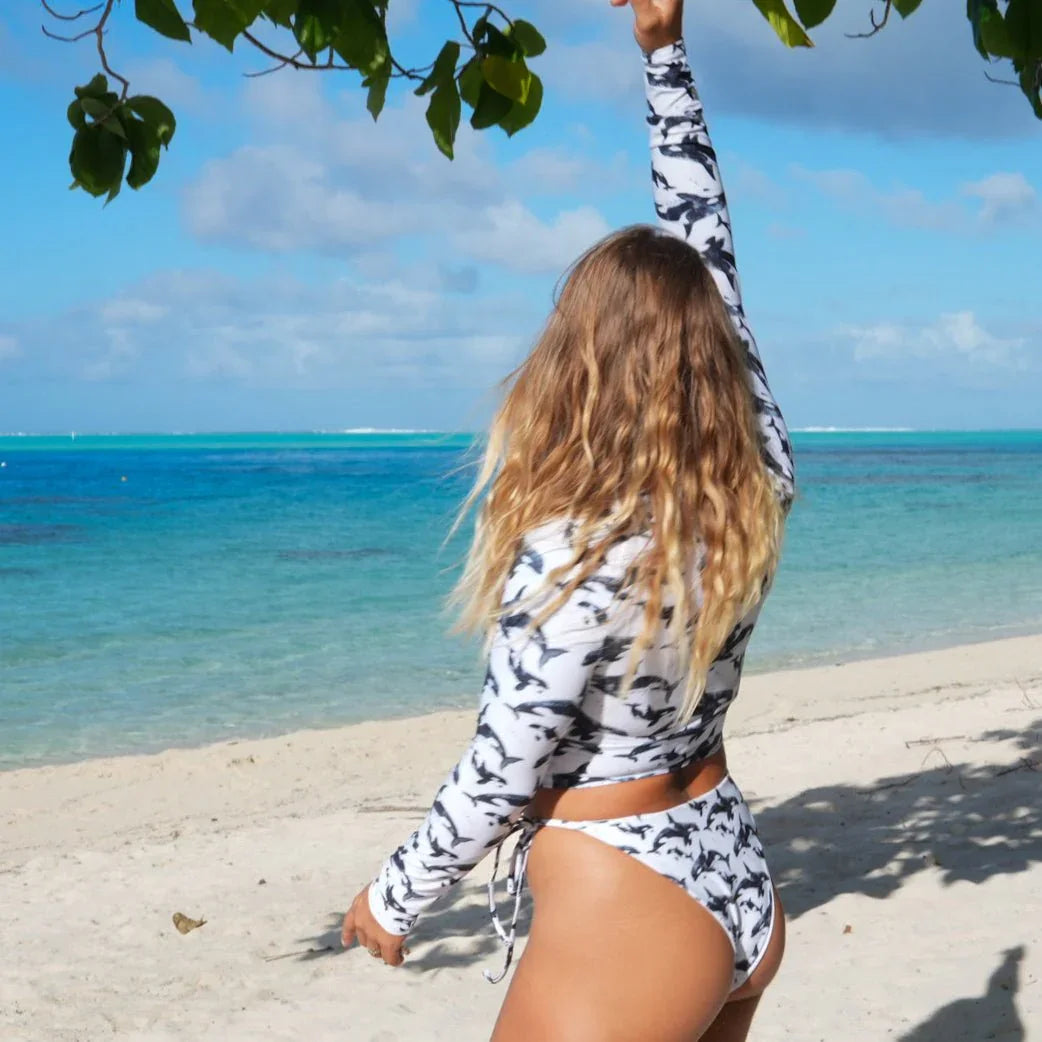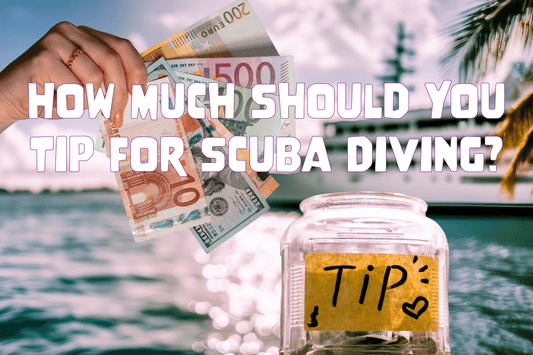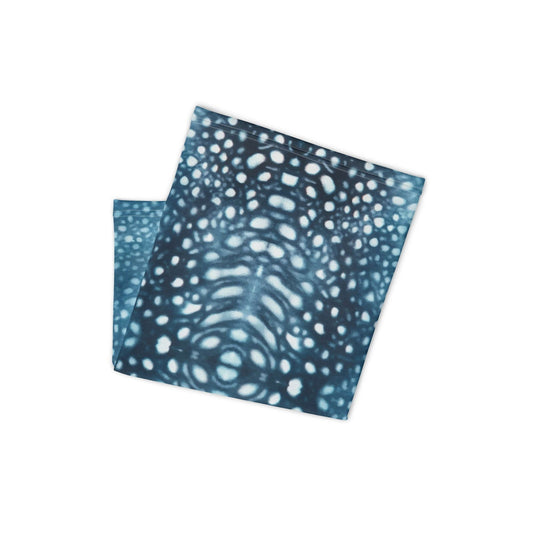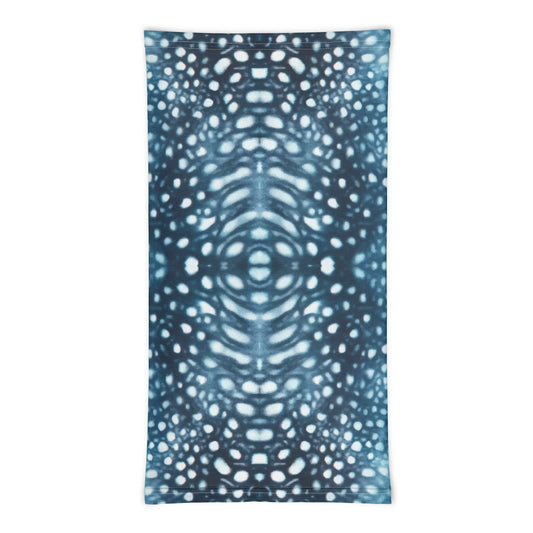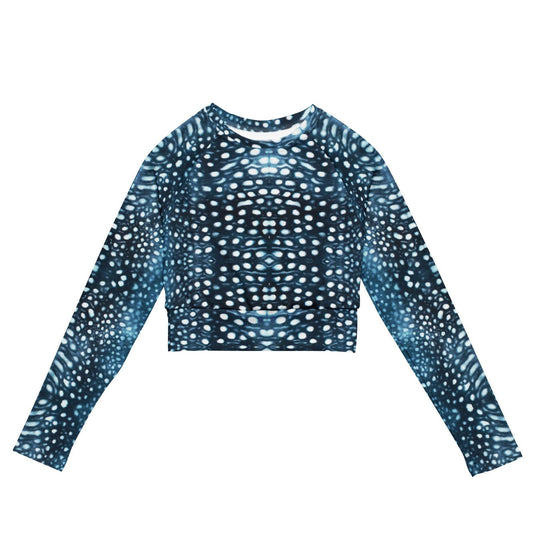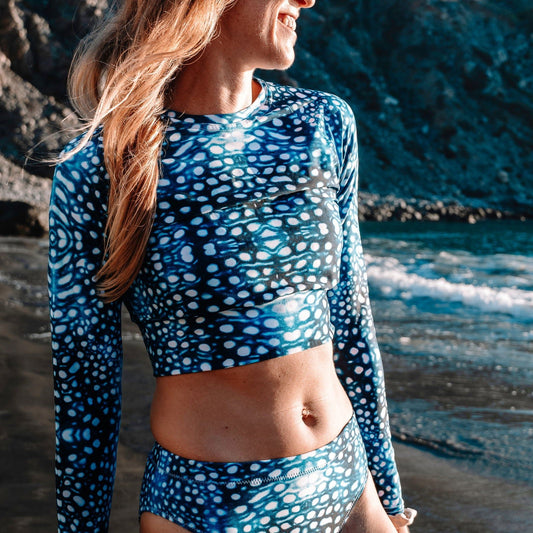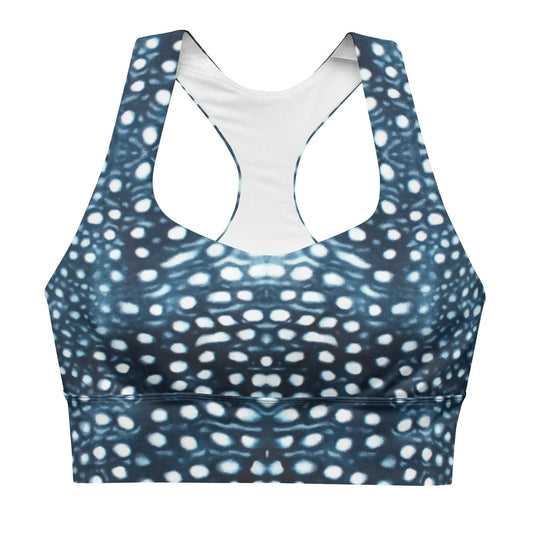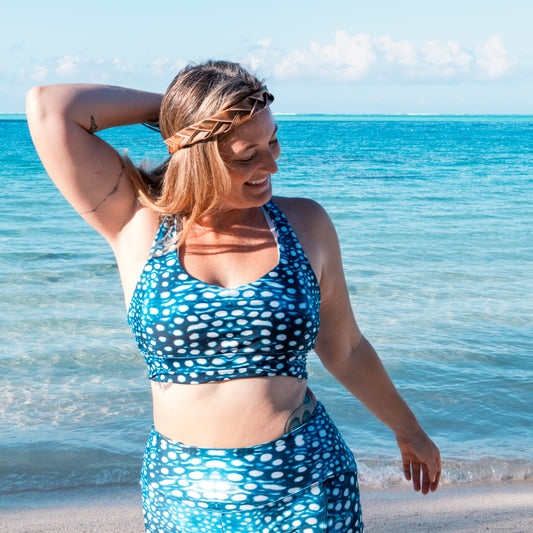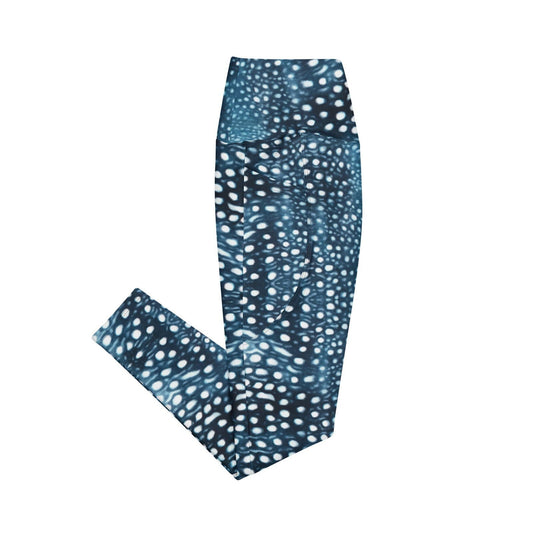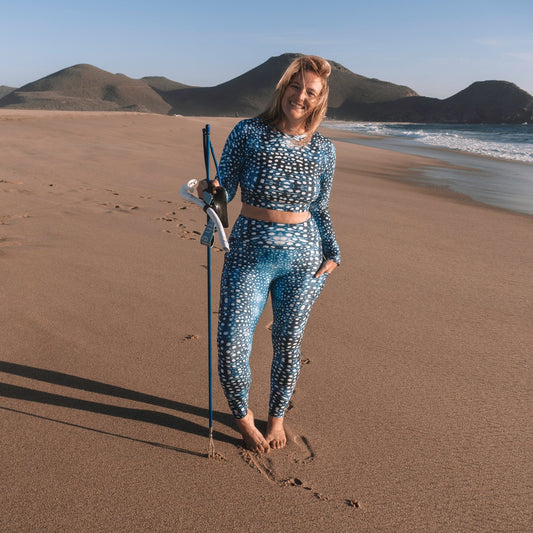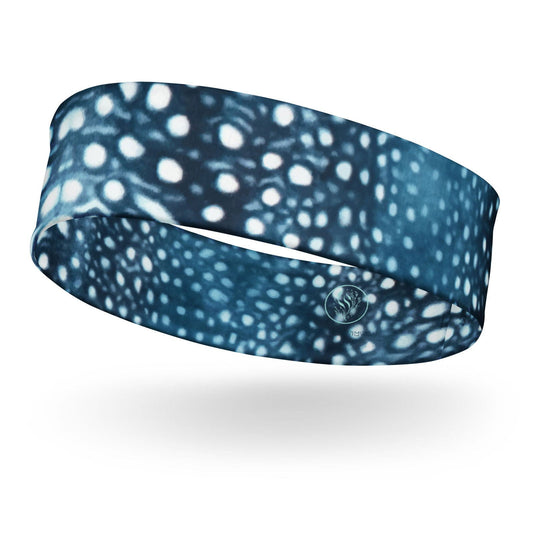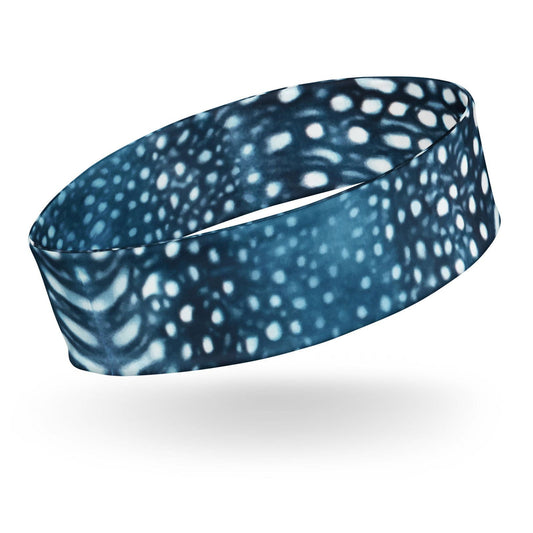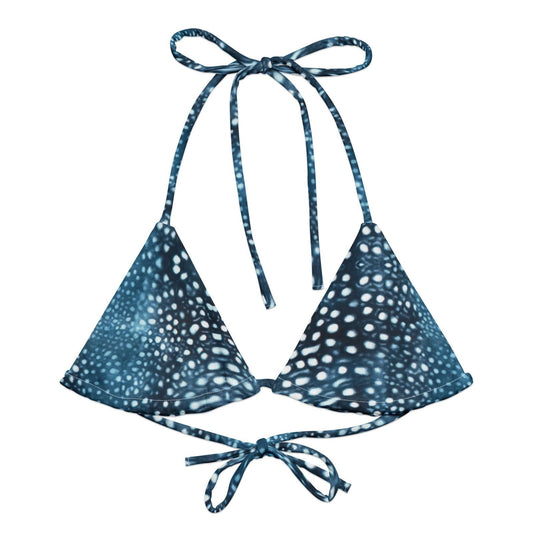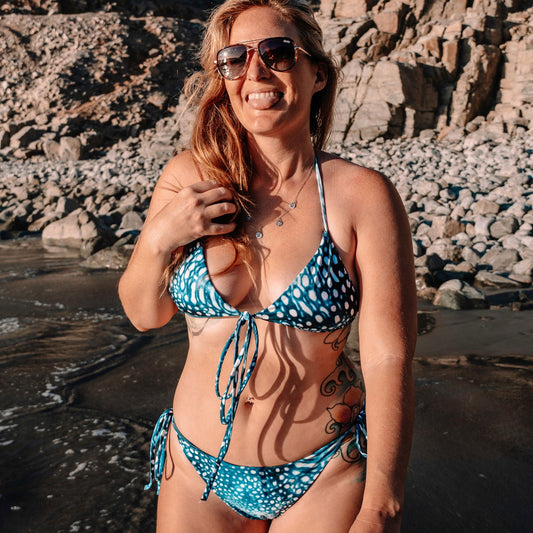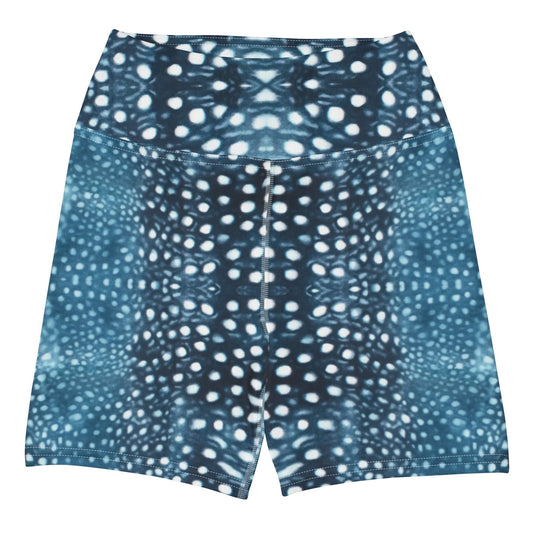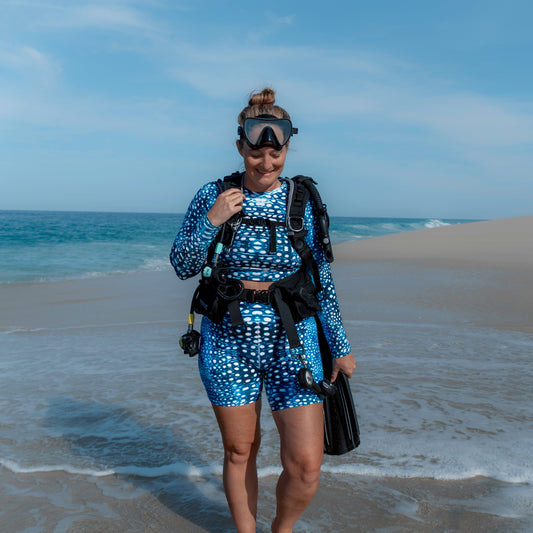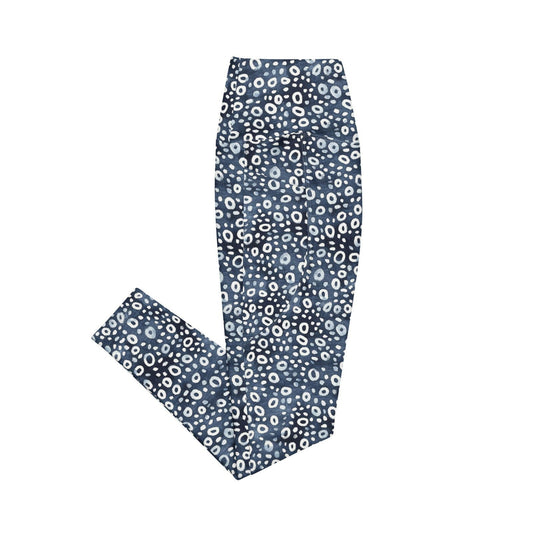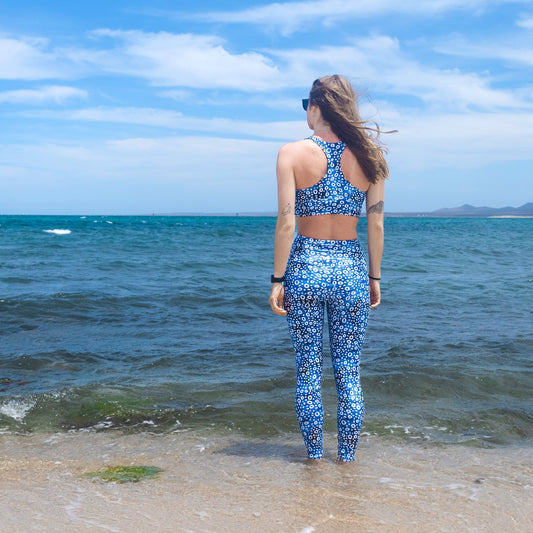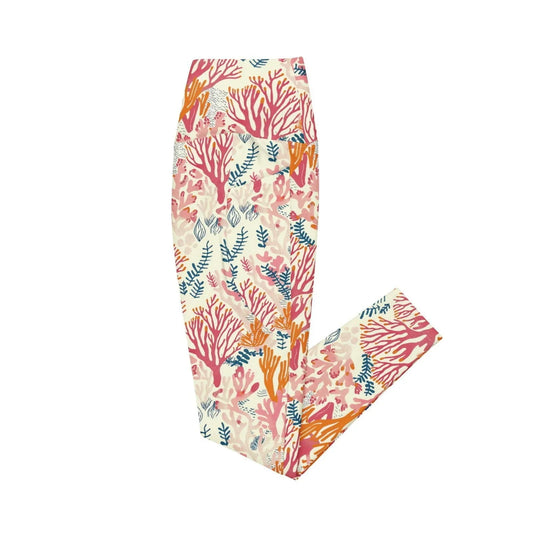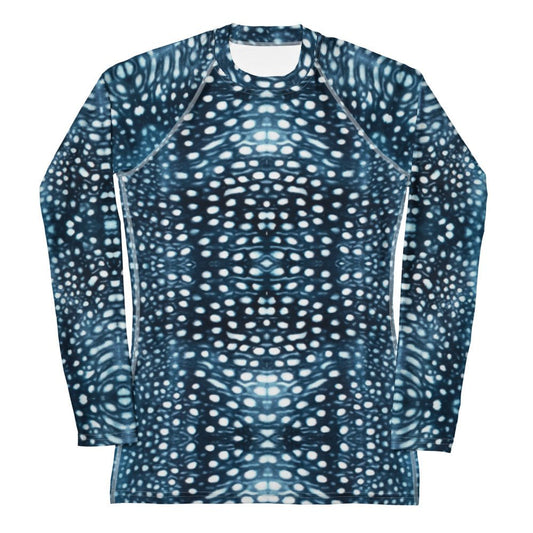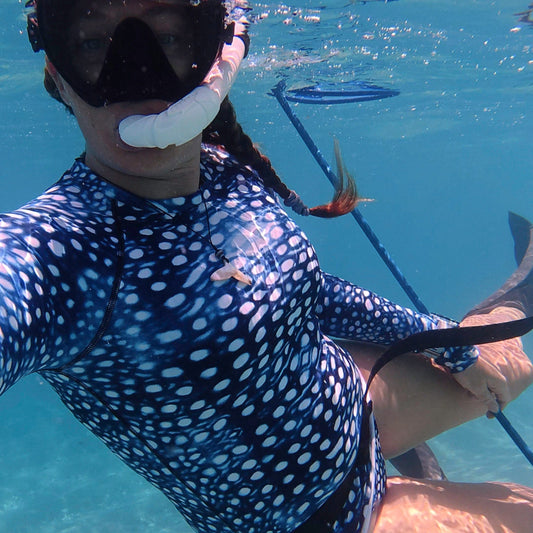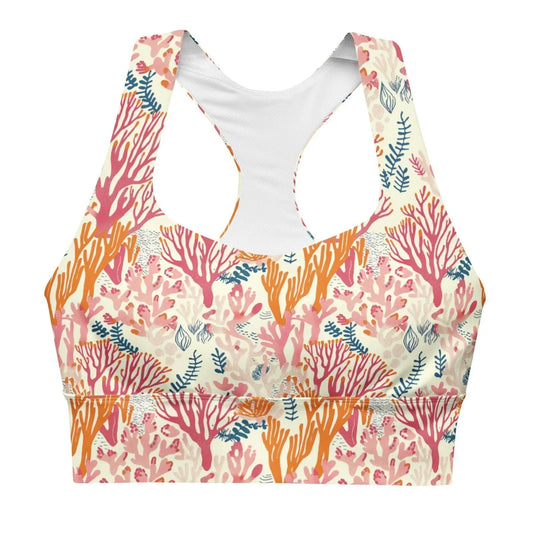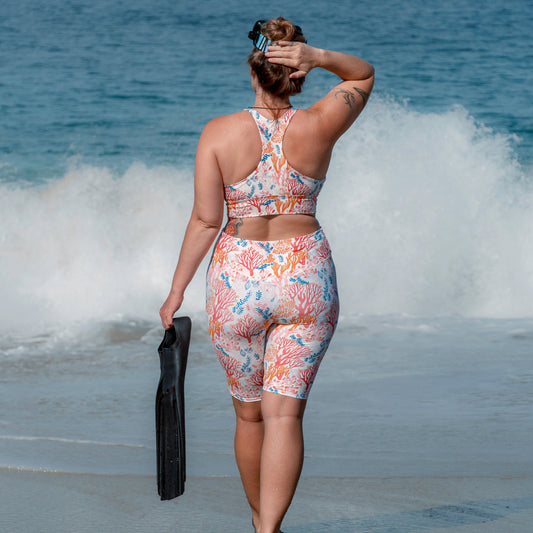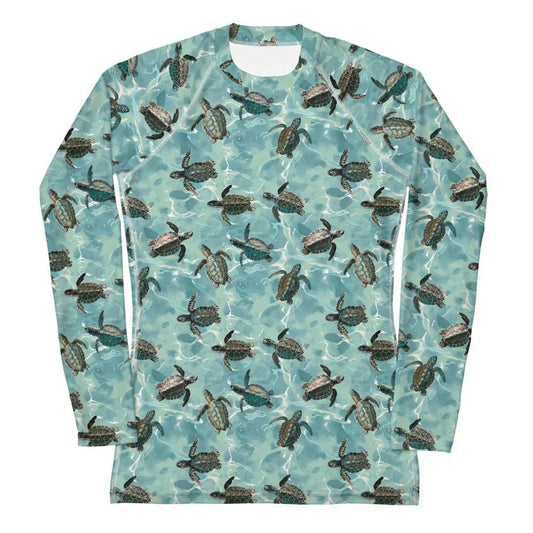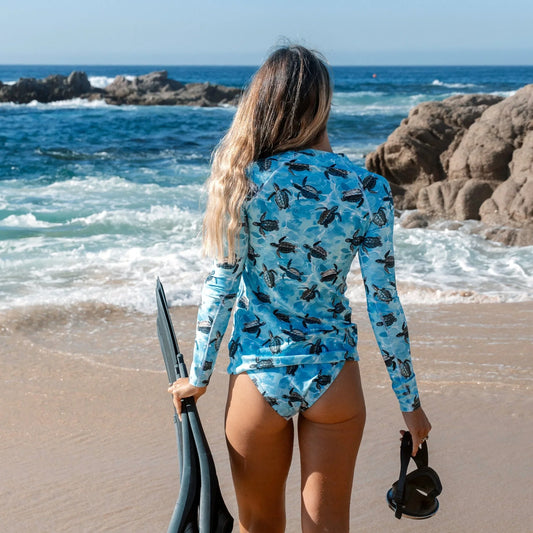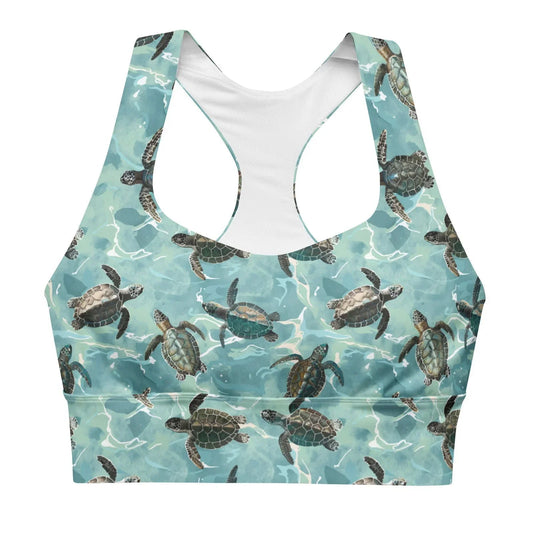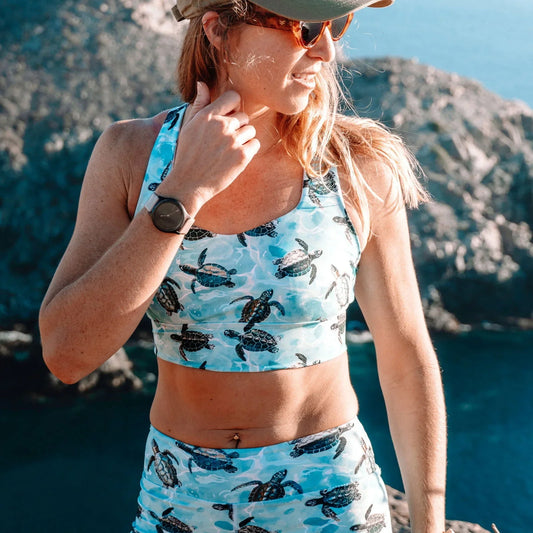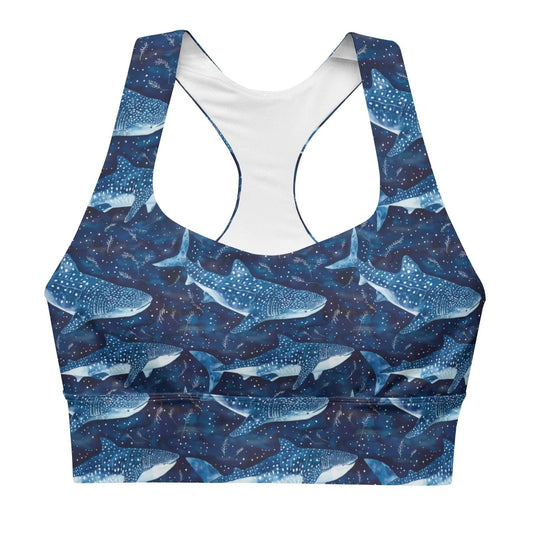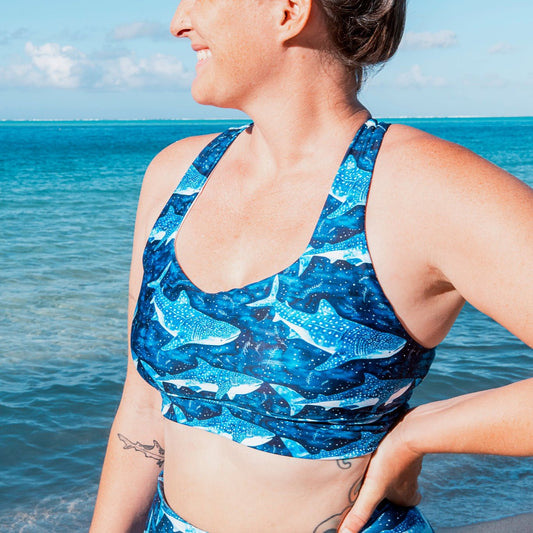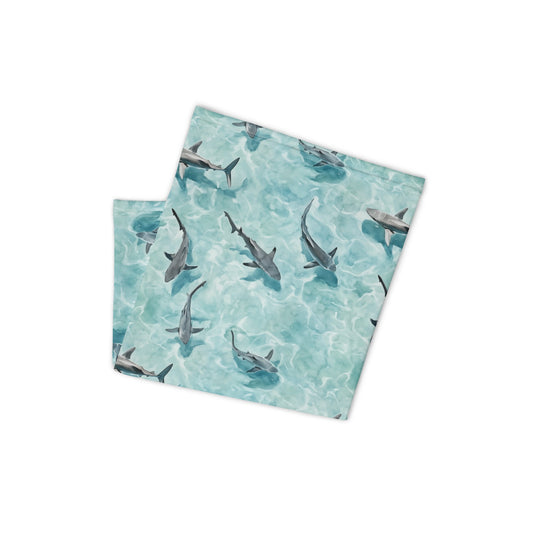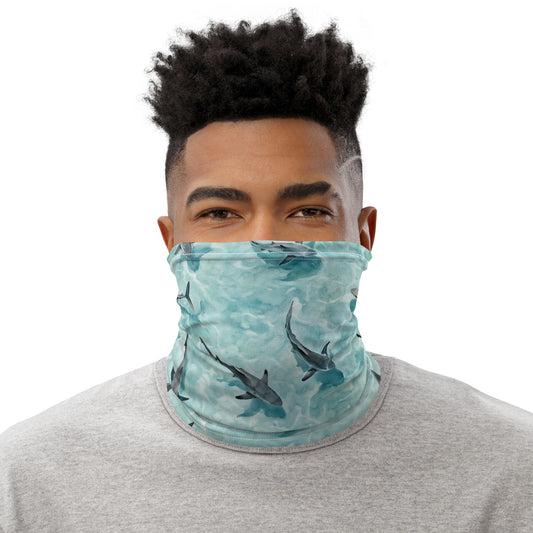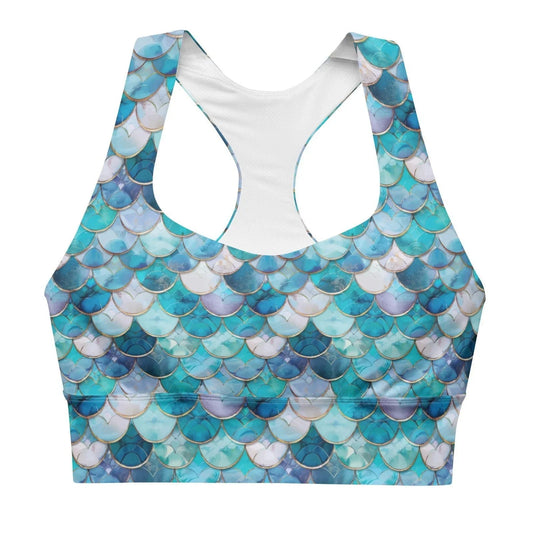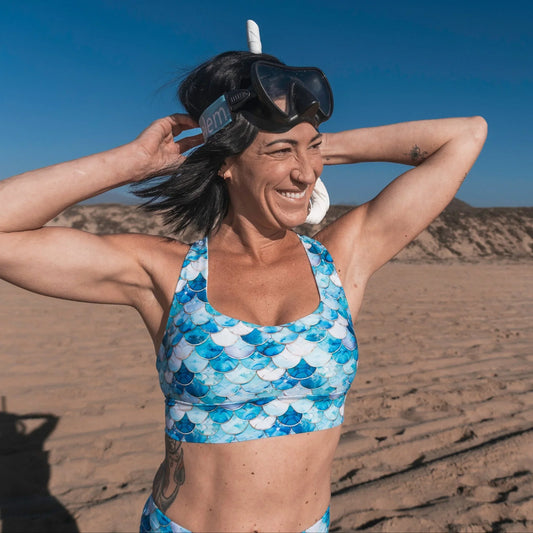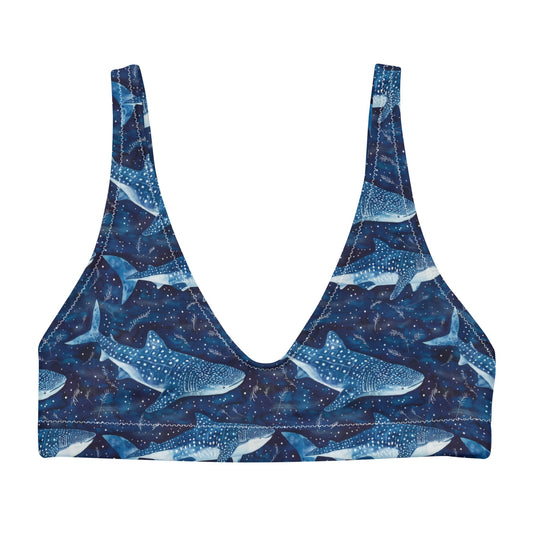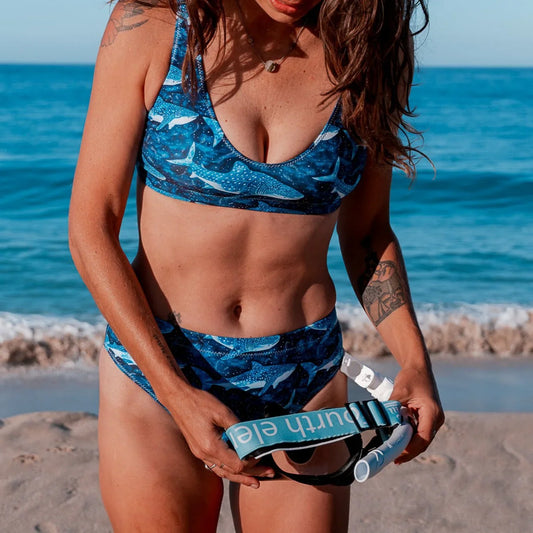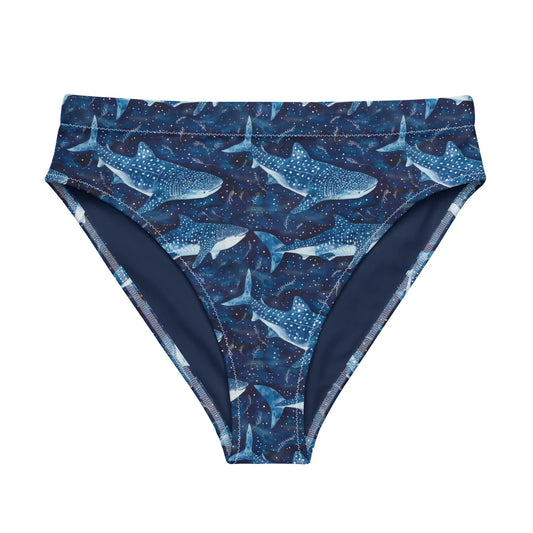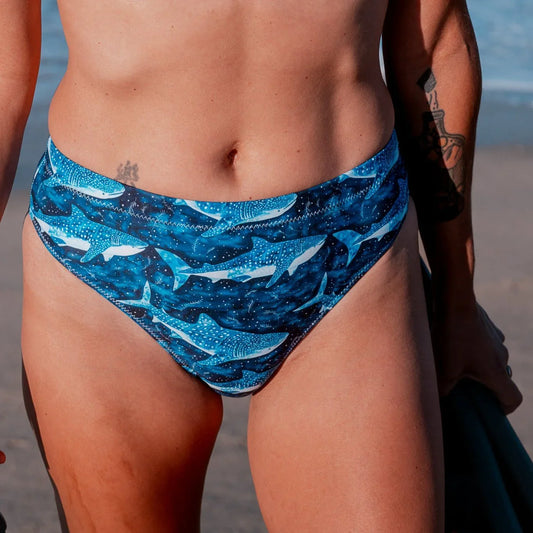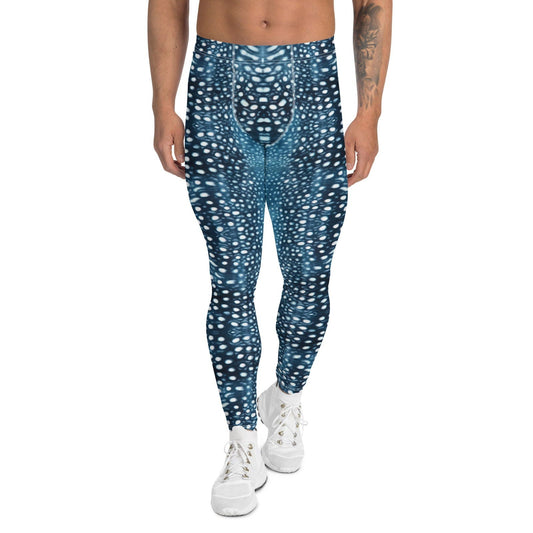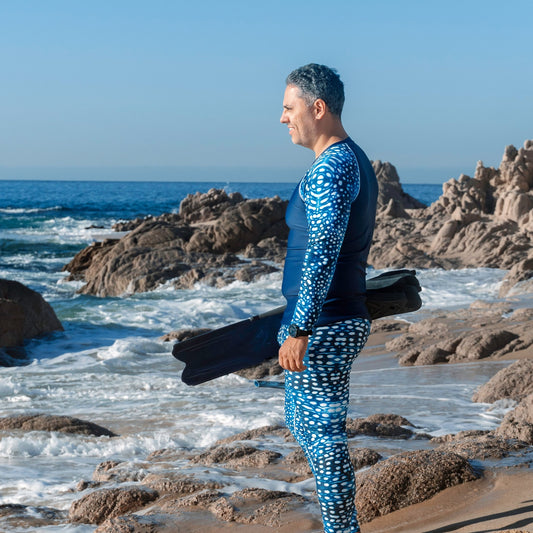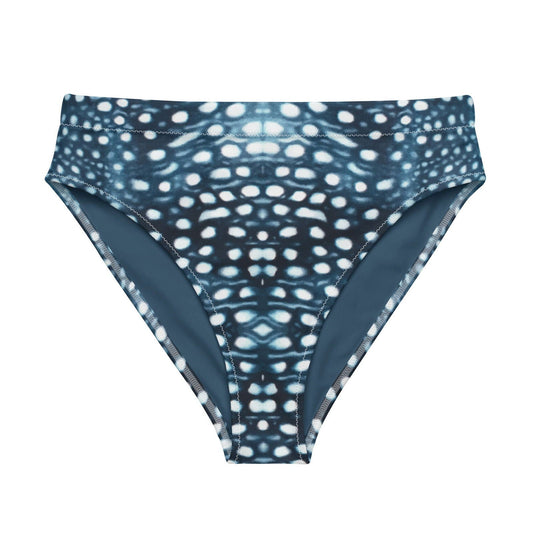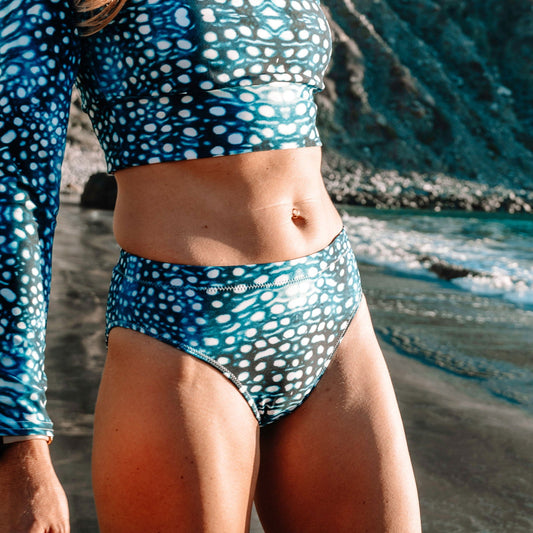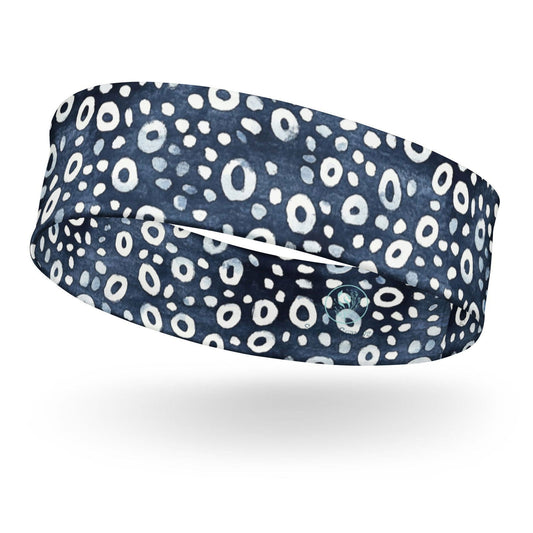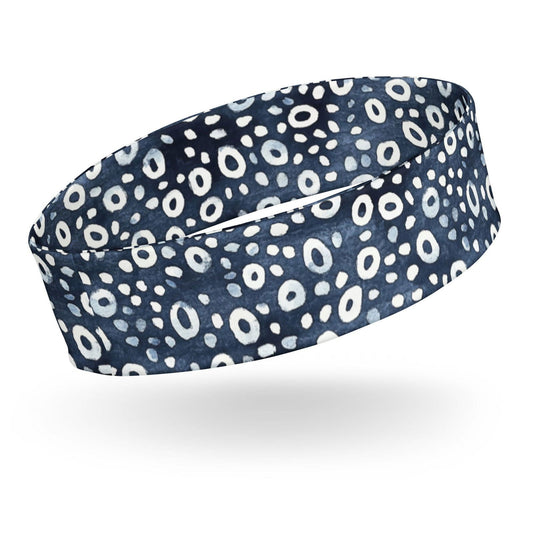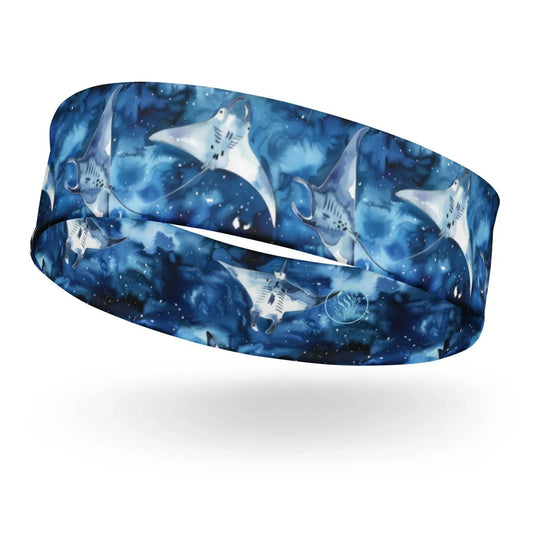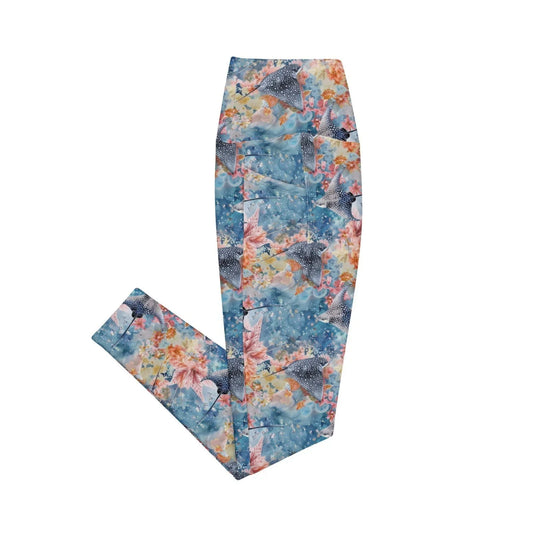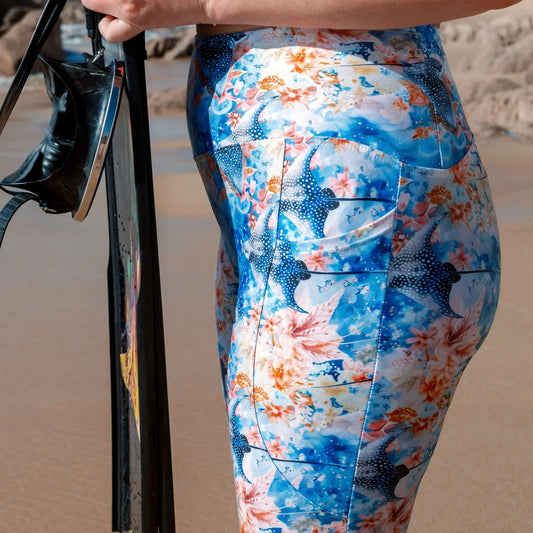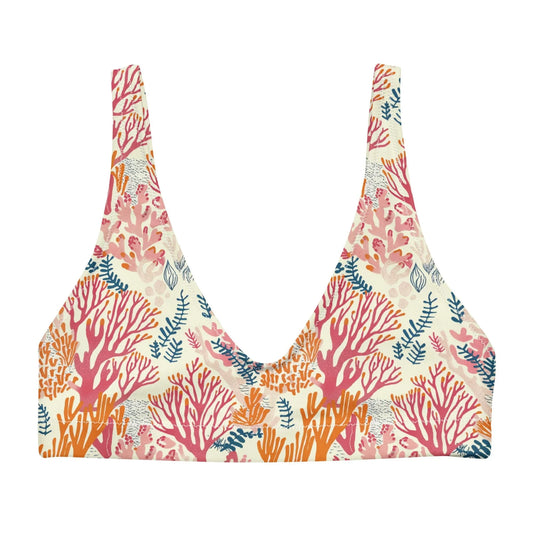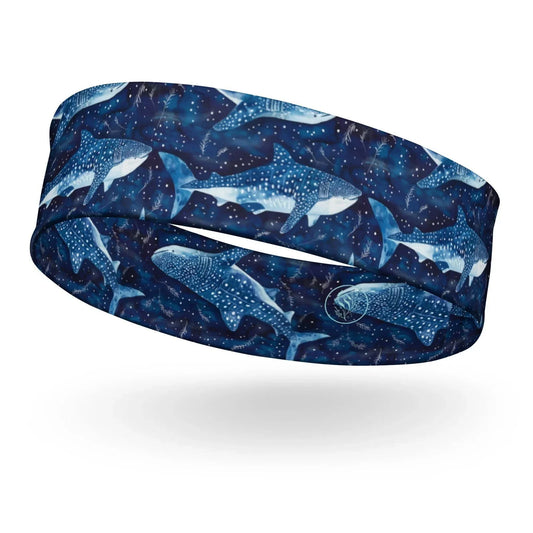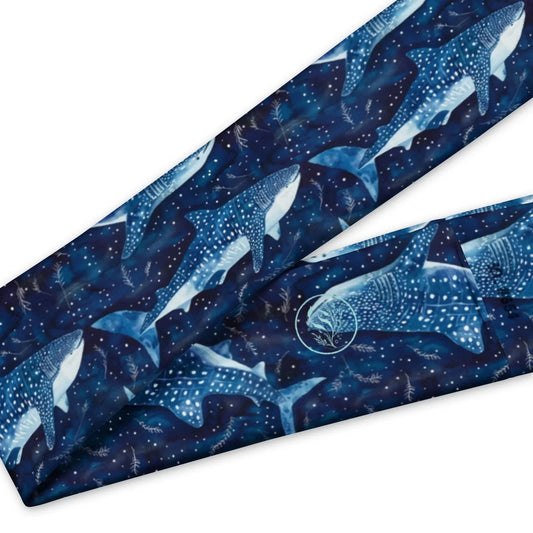
How to Improve Your Air Consumption While Scuba Diving
Angela ZancanaroShare
Running low on air faster than your dive buddies? You’re not alone. Many divers, especially beginners, find themselves surfacing sooner than they’d like, wishing they could stretch their tank a little longer. The good news? Improving your air consumption isn’t about lung size—it’s about efficiency, control, and awareness.
By focusing on key factors like movement, environment, mental state, fitness, and buoyancy, you can make your air last longer and get more time underwater. Here’s how.

1. Move Less, Glide More
Your movement underwater directly impacts how much air you consume. The more unnecessary motion you make (waving your arms, excessive finning, or adjusting position constantl) the more energy you use. Using more energy means you breathe faster by burning the oxygen in your body faster.
How to Move Efficiently:
- Minimize arm movement: Unless you’re signaling or adjusting gear, your arms should remain still. Flapping your hands won’t help you swim, it only burns air.
- Use proper finning technique: Many divers default to small, rapid flutter kicks, which are inefficient. Instead, try the frog kick, a slower and more powerful kick that conserves energy.
- Streamline your body: Keep your arms close to your body, legs slightly apart, and avoid tilting upright in the water. A horizontal, streamlined position reduces drag and lets you move with less effort.
- Let the ocean move you: Instead of fighting against slight currents, go with the flow when possible. Tuck into protected areas when resting instead of constantly finning.
💡 Think of yourself as a manta ray, smoothly gliding through the water—not a frantic dog paddling to keep up!

2. Understand Environmental Factors: Cold & Currents
Environmental conditions play a huge role in how much air you consume. If you’re shivering or struggling against a strong current, your breathing rate will naturally increase.
How to Minimize Air Loss in Challenging Conditions:
Cold Water:
- Cold temperatures make your body work harder to stay warm, increasing air consumption.
- Wear the right exposure suit. If you’re even slightly chilled, opt for a thicker wetsuit, hood, gloves, or even a drysuit.
- Limit movement when stationary. If you’re not actively swimming, tuck your arms and legs in close to conserve heat.
Strong Currents:
- Diving in currents requires more effort, so plan your dive accordingly. A drift dive (where you go with the current) is far less taxing than swimming against it.
- Stay low and close to the reef where currents are weaker. Swimming in open water means dealing with the full force of the current.
- Use good kicking technique—slow, strong kicks instead of frantic flutters that burn energy.
💡 Diving in tough conditions doesn’t have to mean burning through your tank—awareness and preparation can make all the difference.

3. Stay Calm: Psychological Factors & Stress
Ever noticed how your breathing changes when you’re nervous? Anxiety, excitement, or stress can cause rapid, shallow breathing, which wastes air and makes you feel out of control. Learning to relax underwater is one of the best ways to improve your air consumption.
How to Stay Calm & Breathe Efficiently:
- Slow, deep breaths: Focus on full inhales and long, slow exhales. This keeps oxygen flowing efficiently and prevents over-breathing.
- Exhale fully: Many divers take in a big breath but don’t fully exhale before inhaling again. Residual CO2 buildup can make you feel like you’re not getting enough air, making you breathe faster. Try fully exhaling before your next breath.
- Use visualization techniques: If you feel anxious before a dive, take a moment on the surface to breathe deeply and visualize a calm, smooth dive.
- Practice mindfulness underwater: Instead of focusing on how much air you have left, pay attention to the marine life, the way the light moves through the water, and the feeling of weightlessness. The more you enjoy the moment, the more relaxed your breathing will be.
💡 If you feel your breathing speeding up, pause, focus on a slow exhale, and remind yourself—you're in control.

4. Improve Your Physical Fitness
Your overall fitness level plays a role in how much air you use. If your body is used to physical exertion, it will be more efficient at using oxygen.
What Fitness Training Helps With Air Consumption?
- Cardiovascular endurance: Activities like swimming, cycling, running, or rowing help your body process oxygen more efficiently. Even a few sessions a week can improve lung function.
- Breath control exercises: Yoga, meditation, and breathwork (like apnea training) can help you slow down and control your breathing underwater.
- Leg strength: Strong legs help you fin more efficiently, reducing the effort needed to move through the water. Try squats, lunges, and swimming with fins for training.
💡 You don’t need to be an athlete, but small improvements in fitness can make a noticeable difference in your air consumption.

5. Master Your Buoyancy Control
Poor buoyancy is one of the biggest reasons divers waste air. If you’re constantly adjusting your BCD, kicking to stay at the right depth, or fighting to stay neutral, you’re using unnecessary energy—and that means more air use.
How to Improve Your Buoyancy & Save Air:
- Get your weighting right: Many divers wear too much weight, forcing them to inflate their BCD constantly, which leads to unnecessary effort. Proper weighting means using less air for buoyancy adjustments.
- Use your lungs to fine-tune buoyancy: Instead of reaching for your BCD, try adjusting your depth slightly by controlling your breathing. A deep inhale will lift you slightly, while a long exhale will help you sink a little.
- Practice hover drills: The better you are at hovering motionlessly in one spot, the more comfortable and efficient you’ll be in the water.
- Minimize BCD adjustments: If you find yourself adding and dumping air frequently, stop and reassess—are you overweighted? Are you overcorrecting?
💡 Good buoyancy isn’t just about comfort—it directly affects how much air you use on every dive.

Final Thoughts
Improving your air consumption isn’t about taking fewer breaths, it’s about moving efficiently, staying warm, staying calm, and mastering buoyancy. When you fine-tune these skills, you’ll start to notice that your air lasts longer, giving you more time to enjoy every dive.
Quick Recap:
- Move smoothly and minimize unnecessary movement
- Stay warm and adapt to environmental conditions
- Manage stress and practice mindful breathing
- Improve fitness for better oxygen efficiency
- Master buoyancy control to reduce effort
The more comfortable and confident you are in the water, the better your air consumption will be. With practice, you’ll find yourself surfacing with more air left & more time spent enjoying the dive.
💬 What’s helped you improve your air consumption? Drop your tips in the comments below!
